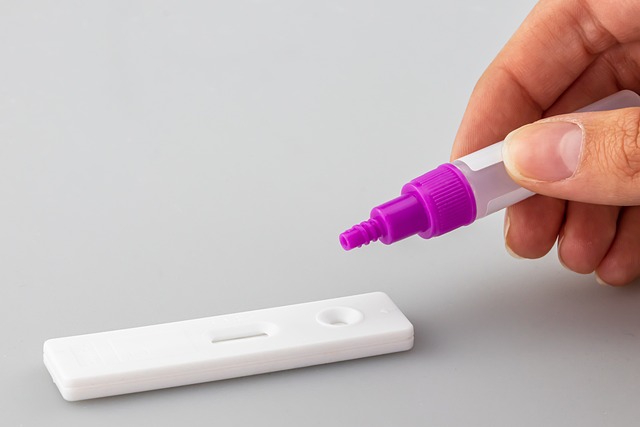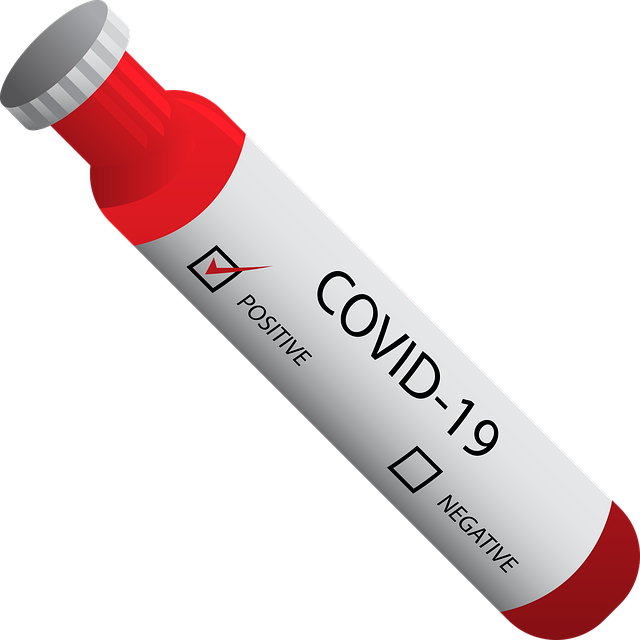In San Antonio, lead paint inspections are vital for homes built before 1978, as they often contain toxic lead-based paint. Certified specialists use PPE and conduct thorough assessments to identify risks, ensuring resident safety, especially children's well-being. Immediate abatement through professional removal or encapsulation is crucial after positive findings. This proactive approach protects homeowners and families in older homes from potential lead paint hazards.
In San Antonio, many homes harbor a hidden danger—lead paint. Understanding the risks associated with this toxic substance is paramount for both homeowners and professionals conducting inspections. This article equips readers with crucial knowledge on navigating lead paint risks in older homes. We explore essential Personal Protection Equipment (PPE) necessary for safe inspections and best practices for lead paint testing, ensuring a safe environment in San Antonio’s housing landscape.
- Understanding Lead Paint Risks in Older Homes
- Essential PPE for Safe Lead Paint Inspection
- Best Practices for Lead Paint Testing and Safety in San Antonio Homes
Understanding Lead Paint Risks in Older Homes

In San Antonio, as in many cities with a rich history, numerous residential properties date back to decades past, harboring potential hazards in the form of lead-based paint. Older homes constructed before 1978, when lead-containing paints were largely phased out, may have high levels of this toxic substance on their walls and trim. Lead paint inspection is not just a recommendation—it’s an imperative for homeowners and real estate professionals alike. Regular assessments by certified specialists are crucial to identifying lead paint and mitigating risks associated with its presence.
These inspections involve meticulous visual examinations and sometimes include sampling and testing to determine the extent of lead contamination. Early detection is key in ensuring the safety of residents, especially children, who are more susceptible to lead poisoning’s detrimental effects on their developing brains and nervous systems. Proper handling and abatement techniques are essential after a lead paint inspection reveals positive results, emphasizing the importance of engaging professionals equipped with specialized knowledge and gear for safe removal or encapsulation.
Essential PPE for Safe Lead Paint Inspection

When conducting a lead paint inspection in older homes in San Antonio, proper personal protective equipment (PPE) is non-negotiable. This includes a long-sleeved shirt, pants that fully cover the legs, closed-toe shoes, and gloves resistant to punctures. The primary reason for these precautions is to prevent direct contact with lead-based paint dust or debris. Lead is a highly toxic metal, and its particles can easily be inhaled or ingested, leading to severe health issues.
For a comprehensive inspection, consider adding an N95 respirator to your PPE kit. This will filter out airborne particles, ensuring that you remain protected during the process. Additionally, a moisture-resistant suit is beneficial to guard against paint chipping and dust sticking to clothing, which can later be carried home. These safety measures are crucial when dealing with lead paint in San Antonio’s older housing stock, where proper inspection techniques and equipment can significantly mitigate health risks for inspectors.
Best Practices for Lead Paint Testing and Safety in San Antonio Homes

In San Antonio, lead paint inspection is a crucial step when dealing with older homes due to the city’s rich history and diverse housing stock. When it comes to lead paint testing, best practices involve a systematic approach. Start by assessing the property for any visible signs of peeling or chipping paint, especially in areas like windowsills, doors, and exterior trim. If suspected lead-based paint is discovered, the next step is to conduct an environmental lead test using certified methods and professionals who can accurately determine the level of lead contamination.
Safety measures should be prioritized during the inspection process to protect both residents and inspectors. This includes wearing appropriate personal protective equipment (PPE) such as gloves, eye protection, and respirators designed for lead dust removal. Ensuring proper ventilation in the area being inspected is also vital to minimize the risk of lead exposure. Regular maintenance and prompt repair of any lead paint issues identified during inspection are essential practices to safeguard the health and well-being of San Antonio’s homeowners and their families.
When it comes to lead paint inspection in older San Antonio homes, proper personal protection equipment (PPE) is paramount. By understanding the risks associated with lead paint and adopting essential PPE practices, professionals can safely navigate these properties. Following best testing methods and safety guidelines ensures a comprehensive approach to mitigating lead exposure during renovation or remodeling projects in San Antonio, ultimately protecting both workers and residents. For those conducting lead paint inspections, investing in high-quality PPE is a crucial step towards a healthier and safer environment.
